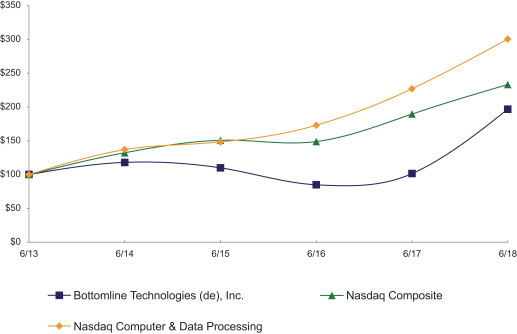Free signup for more
- Track your favorite companies
- Receive email alerts for new filings
- Personalized dashboard of news and more
- Access all data and search results
Content analysis
?| Positive | ||
| Negative | ||
| Uncertain | ||
| Constraining | ||
| Legalese | ||
| Litigious | ||
| Readability |
H.S. freshman Good
|
|
New words:
alternative, AOCI, app, Areasto, art, asa, assertion, auditor, aware, Baht, blended, book, buyout, Cashflow, China, Chinese, Cleveland, Clicksoftware, Clinic, closure, cloudand, compromise, CSI, deficit, depth, Deputy, designedto, disbursing, disciplinary, drawn, DXC, easier, EMEA, essential, Everbridge, exclusivity, FCA, FCC, Finastra, greatest, HCA, highest, HR, indefinitely, Indonesia, Indonesian, learning, Lucey, machine, Malaysia, Malaysian, messagingand, Microgen, MineralTree, misconduct, move, nonemployee, Norkom, OCI, ona, onboarding, onForm, pace, PCAOB, People, pronouncement, provisional, purchasesof, quantity, Quovant, reassessed, recast, reclassification, reform, Renminbi, repaid, repeal, revaluation, Ringgit, Rupiah, saleof, securitysolution, segregated, SEPA, Simultaneously, size, sooner, Stephanie, suite, suspending, Taylor, territorial, Thai, Thailand, thisForm, transient, undoubtedly, unregistered, upfront, Vistaprint, voice, Yuan
Removed:
Absent, accreted, accreting, accrue, annum, Arian, array, Asia, automatically, avoid, back, backlog, bankruptcy, began, bifurcate, Brieger, commencing, committed, competing, compliant, conditional, consecutive, consummate, convert, coupon, CSC, declaration, demonstrate, depreciated, desirable, digital, disrupted, expressly, fundamental, halt, hired, holder, indenture, insolvency, integral, junior, Karen, likelihood, Litco, maturing, Mellon, observation, outsourced, Pacific, practical, preceding, printing, promote, rank, redeem, refinance, regular, relation, remittance, remote, reorganization, restated, retired, rule, run, salary, scheduled, secondary, securing, structurally, subordinated, Superannuation, supplemental, supplier, thereof, translate, treat, Trust, trusted, Trustee, turnkey, unpaid, unsecured, unwinding, upcoming, volume, York
Filing tables
Filing exhibits
Related press release
Associated EPAY transcripts
EPAY similar filings
Filing view
External links
